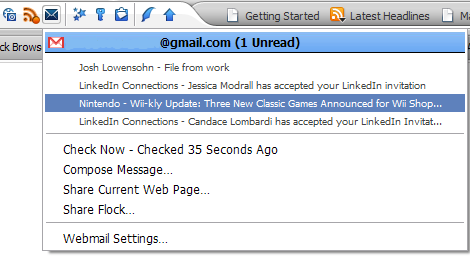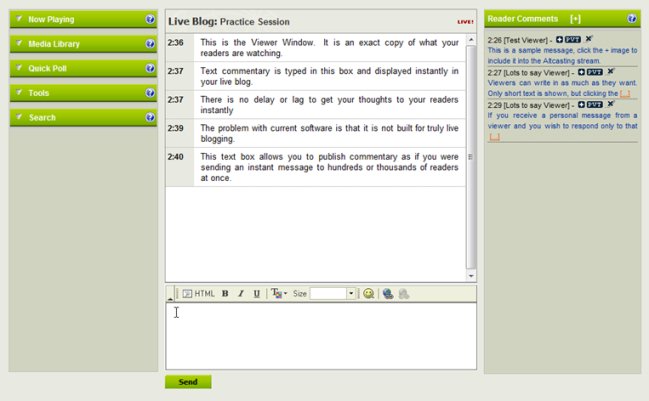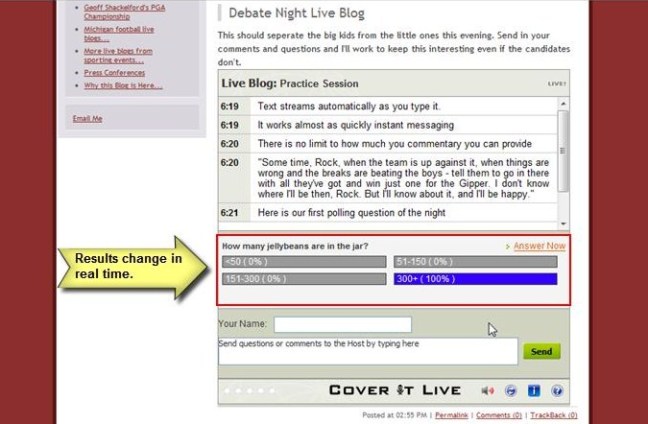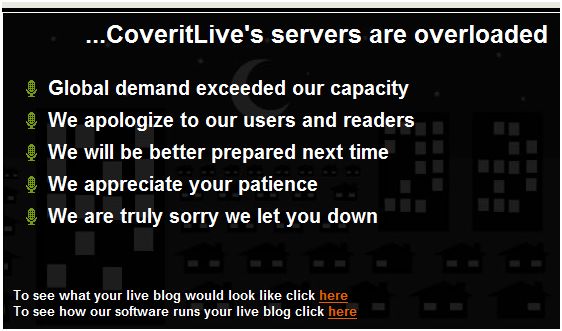
Everyone loves to get stuff for free. We line up to get a free drink, we sign up for free checking accounts, and we're happy to get a free gift with the purchase of our next car. We love free stuff, even though we all know and understand that free is an illusion. After that free drink, we pay for the next three. The bank is making money by investing what we put in that checking account. The car dealer can afford to give away a small gift because the profit on the car is large. But none of this seems to bother us - free things still have a certain allure. But is the concept of free taking us down a dangerous road?
But recently, our obsession with free has given rise to a new phenomenon - where the customer is never asked to pay.
How? Because the business makes their money on advertising. Marketers are happy to pay for access to customers, who in turn love not having to pay. So the web plays the glorious role of middle man.
Are we heading into dangerous territory? The paths that we are taking lead to confused customers at best; and monopolistic practices at worst. A culture where consumers think that increasingly more and more services should be free is not healthy.Does Free Make Sense?
 Most online consumer services today are free. That is, people pay nothing to use them and the services make money via advertising. The logic is that the more people who use the service, the more page views they generate and the more ads they are shown - so the happier the advertisers.
Most online consumer services today are free. That is, people pay nothing to use them and the services make money via advertising. The logic is that the more people who use the service, the more page views they generate and the more ads they are shown - so the happier the advertisers.
On the surface this makes sense. After all, newspaper advertising has generally worked this way as well. Well, not quite. Top-shelf papers like New York Times, are not free - you need to pay to get them.
The classic newspaper business is both a subscription service and advertising supported. Subscriptions provide a solid base, and grow if the publication is interesting. Ads are then sold door-to-door by a salesperson with a with a fat rolodex and phenomenal commissions.But this classic model is no more. In the brave new world, subscription fees are gone and
the salespeople are replaced by CPM advertising engines. The problem is, things are just not that simple.
When the economy is bad (think 2008), then advertising is the first to be cut. Now if your sole revenue source is advertising, then your revenue gets hit hard. The traditional subscriber base, which helps companies navigate through the economic downturns, is just not there, because it is no longer cool to charge people for the service.
The second problem is, of course, Google. The whole beauty of online advertising is that it is trackable - ROI is easily measured.Google's pay-per-click model (CPC) is far superior to the traditional impressions based (CPM) model. But how many other companies can mimic that? Can the New York Times sell CPC advertising? That remains to be seen. And Facebook is yet to prove itself in that game as well. Getting people to click on ads is still a rocket science on the web.
When Free is Dirty While it is not clear that a lot of businesses in an economy can be supported only by advertising, we already know that free can be a powerful weapon in the hands of big companies. Consider this recent example: IBM used free to practically destroy the Java software tools market. One day, someone at IBM was likely sitting around and thinking about how to sell more of the company's Blade servers. In a single eureka moment he figured out that by giving away the integrated development environment (IDE), IBM could kill its competition, open all doors, and sell its most expensive product.
While it is not clear that a lot of businesses in an economy can be supported only by advertising, we already know that free can be a powerful weapon in the hands of big companies. Consider this recent example: IBM used free to practically destroy the Java software tools market. One day, someone at IBM was likely sitting around and thinking about how to sell more of the company's Blade servers. In a single eureka moment he figured out that by giving away the integrated development environment (IDE), IBM could kill its competition, open all doors, and sell its most expensive product.
From Free to an Empire
 Of course, IBM is not the only big company that discovered the power of free. The king of the web, Google has been expanding its sphere of influence using exactly the same strategy. In a stroke of brilliance, Google made their web's best search algorithm free to consumers, by supporting their search engine with advertising. Elegant and fair, we all get access to the world's information for free. Thanks!
Of course, IBM is not the only big company that discovered the power of free. The king of the web, Google has been expanding its sphere of influence using exactly the same strategy. In a stroke of brilliance, Google made their web's best search algorithm free to consumers, by supporting their search engine with advertising. Elegant and fair, we all get access to the world's information for free. Thanks!
The solution was to deliver it with advertising. It is strange to see ads next to our email, but we learned to ignore them just so that we can use the software. Fine.
But the next move - Google Office - is unfair. In its endless quest to organize the world's information,Google is also looking to kill off its archrival Microsoft. Just like Microsoft is going after search, Google is after one of Microsoft's juiciest markets - Office. And to play, Google is giving it away for free. Well, almost. For consumers, Google's online office software is free, and for businesses, they have made the software so cheap that it is practically free (Google can't make enterprise tools completely free because companies would freak out).
The point is that Google can afford to give away everything for free because of its success with search. This is being done openly now and it is just plain wrong. It is a dangerous poker game, where Google can raise stakes because it has a hugepile of cash. What happened to fair competition and not being evil? This is an evil way to break into the market.Of course, we all prefer the light Google Docs to Microsoft's heavy desktop software. This is not the point. The issue is that this kind of free is absurd. If Google wanted to break into eCommerce, it could afford to put Amazon out of the book business by giving away free books. How would we react to that?
Generation Free
 Sadly, a lot of people would probably see free books from Google as a great thing. After all, as a society, we now expect information to be free, so it wouldn't be a leap to have free books as well. This is a misleading point of view, but it is spreading. We are raising a generation of kids who do not want to pay monthly subscriptions for anything. Give me stuff for free and stick some advertising on it.
Sadly, a lot of people would probably see free books from Google as a great thing. After all, as a society, we now expect information to be free, so it wouldn't be a leap to have free books as well. This is a misleading point of view, but it is spreading. We are raising a generation of kids who do not want to pay monthly subscriptions for anything. Give me stuff for free and stick some advertising on it.
Just a few decades ago, people had low expectations and worked hard to make living. They did not know free and never expected it. Now, the opposite trend is happening, with free becoming expected online. Will the new generation, the one that expects something for nothing, work as hard to maintain the high standards of living that we created?
Conclusion
The bottom line is there is no free lunch. When you go on vacation and see a sign that says Free Lunch you know that the timeshare sales pitch is going to accompany it. The free on the web is not free either. We are receiving the services in exchange for our time and attention, in exchange for the opportunity to be advertised to.
Yet, there is a lot complexity surrounding the issue. From the effectiveness of advertising to monopolistic market plays, free is making a lot of people nervous. The libraries are free because we pay taxes, but Microsoft Office is not free and probably should not be free.Do you see this as an issue? This is an interesting topic and we would love to see the debate here on ReadWriteWeb! Sound off in the comments below.
Image credit: Top images from Reasoned Audacity.
Source: ReadWriteWeb.com

























 If you're a blogger who is into covering live events, like keynotes, press conferences, meetings, or sports events, you may be interested in the new, free service from
If you're a blogger who is into covering live events, like keynotes, press conferences, meetings, or sports events, you may be interested in the new, free service from 


 Music sites
Music sites 
